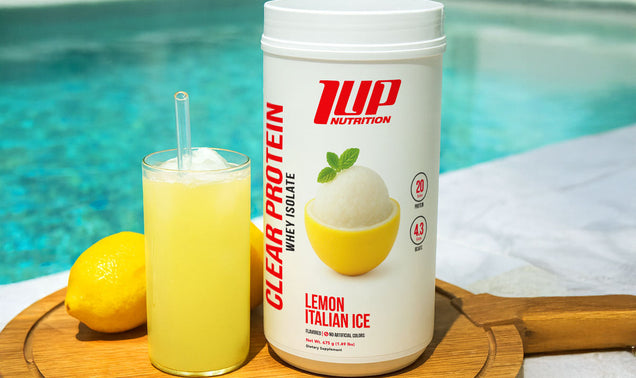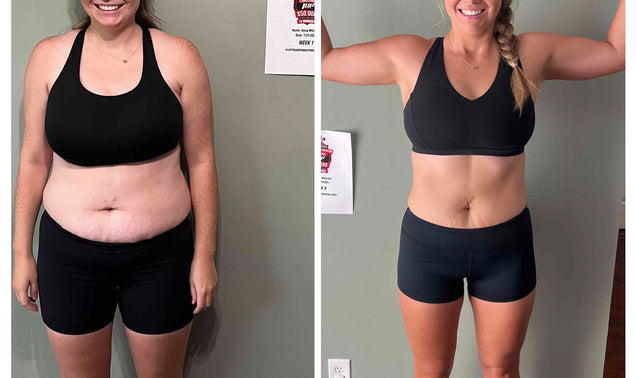Cardio is an essential component of many individuals’ weekly exercise regimen. It helps increase energy expenditure, boosts metabolism, and supports cardiovascular health.
However, an area of confusion for individuals seeking weight loss is which form of cardio is the best?
You, yourself, have probably experimented with various cardio modalities over the years, including walking, running, interval training, bodyweight circuits, or spinning.
So, which is the best for fat loss?
Today, we look at two of the most popular forms of cardio for weight loss and discuss which is better for weight loss: HIIT or Incline Walking?
Benefits of Incline Walking
Walking is a phenomenal way to get in your cardio. It’s low impact (making it accessible to even novice trainees), easy on the joints, and won’t cut into your recovery resources or hinder muscle growth, the same of which can’t be said for other forms of steady-state cardio.
Incline walking is walking kicked up a notch on the intensity scale. Instead of walking on flat ground, you walk up an incline, which can either be a hill outside or a treadmill set on an incline.
Walking up an incline presents a greater challenge for your muscles and cardiovascular system, especially the calves, glutes, and hamstrings, which results in more calories burned!
One thing to keep in mind when walking up an incline outside, is that you’ll eventually have to walk downhill.
Why is this a concern?
Well, walking downhill places more stress on the quads and knee joints. If you have weak legs or a history of knee or ankle issues, downhill walking may lead to stress or pain.
Now, this doesn’t mean that you need to avoid walking up and down hills, you may just need to acclimate your legs to the increased demands. In other words, start slow and gradually increase how long you’re incline walking and/or the degree of incline/decline that you’re walking.
It would also be beneficial to perform basic leg-strengthening exercises like squats, lunges, deadlifts, and romanian deadlifts, which will help build a solid foundation of strength and stability in your lower body.
To generate more power (especially when traversing steeper inclines), imagine that you’re pulling yourself up the hill with your glutes and hamstrings as opposed to pushing the ground away with your quads. This may also help alleviate stress on the knees and ankles as well.
Benefits of HIIT Walking
High-intensity interval training (HIIT) has been a buzzword around the fitness industry for over a decade. It basically entails alternating between periods of all-out, maximum effort and low-exertion (recovery).
Typical HIIT workouts include the likes of box jumps, burpees, squat jumps, seal jacks, and/or kettlebell swings. But the truth is that just about any type of movement can be used for interval training, including walking!
As we mentioned above with walking, HIIT is another excellent choice for your cardiovascular exercise during the week.
Research also indicates that it can boost metabolism, support cardiovascular health, and improve athletic performance.[1,2]
For people that also loathe the idea of slogging out endless hours of steady-state cardio, interval training also represents a more time-efficient option that yields similar calorie burning. The caveat is that you really have to maximize your output during interval training. In other words, during your max effort periods, you really do have to go all out -- giving substandard effort won’t generate the same metabolic effects or calorie burning.
If you’re looking to try interval walking, you could try ramping up your speed for 30-60 seconds and then walking at a more leisurely pace for the same amount of time. You can also vary the terrain as well, such as walking quickly up an incline during your “work” periods, and then walking downhill more slowly during your rest or recovery periods.
Which is Better: Incline or HIIT Walking?
This may surprise you, but the answer isn’t that cut and dry.
No single form of cardio is inherently “better” than other forms for all individuals in all situations.
Not only do you need to take into account personal preferences for training, but you also need to factor in training experience, current cardiovascular fitness, and injury history.
Both Incline walking and HIIT walking (as well as other cardio modalities) can be effective for helping burn calories and support weight loss.
At the end of the day, the “best” cardio is the one that you enjoy doing and the one allows you to get the desired training effect (calorie burning) without leaving your joints, ligaments, and connective tissue feeling wrecked.
For some individuals, this means walking. For others, it means using the elliptical, stationary bike, or rower.
Furthermore, you can alternate between different cardio options during the week and/or from one week to another. Maybe this week you want to do the treadmill and bike and next week you want to do the rower and walking. Mixing and matching your cardio options helps prevent boredom as well as overuse injuries while still helping you ramp up your calorie burning throughout the week.
And, if you need an extra boost to power through your cardio workouts, make sure to check out our premium line of pre workout supplements and fat burners, which contain quality doses of research-backed ingredients to help you train harder, burn more calories, and get the results you want!
References
- Tabata I, Nishimura K, Kouzaki M, Hirai Y, Ogita F, Miyachi M, Yamamoto K. Effects of moderate-intensity endurance and high-intensity intermittent training on anaerobic capacity and VO2max. Med Sci Sports Exerc. 1996 Oct;28(10):1327-30. doi: 10.1097/00005768-199610000-00018. PMID: 8897392.
- Martin-Smith R, Cox A, Buchan DS, Baker JS, Grace F, Sculthorpe N. High Intensity Interval Training (HIIT) Improves Cardiorespiratory Fitness (CRF) in Healthy, Overweight and Obese Adolescents: A Systematic Review and Meta-Analysis of Controlled Studies. Int J Environ Res Public Health. 2020 Apr 24;17(8):2955. doi: 10.3390/ijerph17082955. PMID: 32344773; PMCID: PMC7215828.






